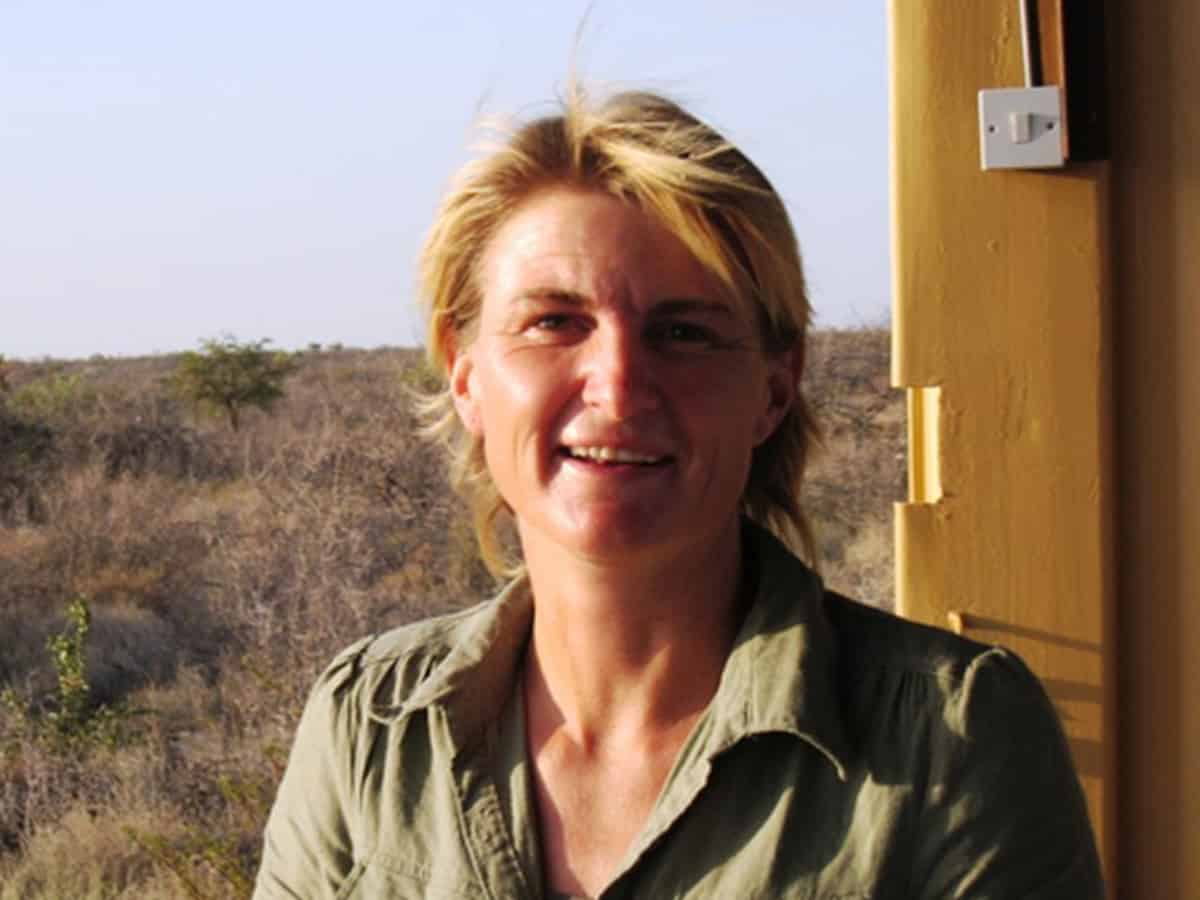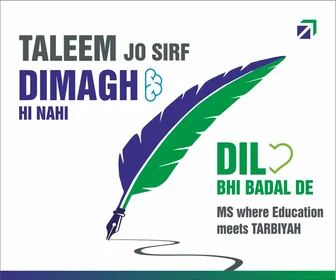
Apes, considered the ancestors of humans, used stones to break nuts in the wild, ages ago. It is considered as the first signs of development of tools.
Beginning with the stone tools to fire-agriculture-industry-computing-cell phone to Artificial Intelligence now, innovation and technology are driving the evolutionary process.
From the discovery of the remains of the Homo erectus in Africa dated to around 1.8 million years ago to evolving into Homo sapiens and moving out of the Continent to now, evolution has advanced, slowly but steadily.
About 73,000 years ago there were just less than 10,000 human being inhabiting the planet earth. Today, the population has crossed 8 billion. Narrating these stages of human evolution, noted Palaeontologist, Louise Leakey from Kenya illustrated how technology–from rudimentary to very advanced has been driving the evolutionary process and also aiding in reconstruction of the ‘Story of the Humans’. Now, AI, Drones and Satellite Imagery are set to give a big push to our quest to find the answers to the antiquity and puzzles of the humans, she said. Louise Leakey was speaking on the subject ‘The Innovative Ape’ on Thursday at the Innovation Summit-2.0 on the theme ‘Gladiators of the Mind’, organised at the HICC by the T-Hub, which was celebrating the first anniversary of the inauguration of what it claims as the world’s largest innovation facility on June 28, 2022.
The legendary Leakey family
Louise Leakey is the third generation palaeontologist from the illustrious family of Leakeys, who are world renowned for their pathbreaking research in East Africa over the past 100 years. Their findings shed new light on human evolution and are based on discoveries of human remains and painstaking analysis. One of the many was made by a team led by her parents, Richard Leakey and Meave Leakey of the “Turkana Boy,” a nearly complete, 1.5 million-year-old skeleton of the hominid Homo erectus They continued their research on the fossil-rich Turkana Basin in Kenya.
Louise, who grew up in such an extraordinary family and history making discoveries took to palaeontology quite naturally. She is continuing to extend the work of her parents in the same Basin. She holds the position of assistant research professor at the State University of New York at Stony Brook and director of public education and outreach for the Turkana Basin Institute in Nairobi, Kenya.
The biggest discovery of archaeology-palaeontology was made by a team led by Louise grandparents-Louis and Mary Leakey in Olduvai Gorge, Tanzania. After decades of exploration from the mid 1930s , they stumbled on the fossilised parts of a skull and upper teeth of a hominin in 1959. Though discovered in 1911, the work of the Leakey’s brought global prominence to the Olduvai Gorge, which came to be famous as the “Cradle of Mankind’. This is the site where remains found are firmly linked to the earliest human beings to live on the planet.
Fossil Hunters and Technology
In a compelling 25 minute presentation with visuals of the ancient sites and fossilised remains of the earliest humans, tools etc to a packed audience, Louise Leakey explained how they have trained ‘Fossil Hunters’, who explore difficult and hostile terrains in the region to find newer evidences that could extend human knowledge. “Earlier, we had only helicopters to reach the location and take aerial pictures. Slowly, satellite imagery and then GPS have considerably sharpened the work,” she explained.
In more recent times low flying Drones have come in handy. They greatly supplement the work of ‘fossil hunters’ to undertake systematic search, identification of fossils, masking them to ensure a close and thorough study of the finds. The role of fast computing, AI and other emerging technologies could help shed more details of the finds and in future work, she felt.
Explaining the developments in the field, Louise Leakey said the recent discovery by a group of scientists led by American Paleoanthropologist Lee Burger deep inside the ‘Rising Star Cave’ about 20 km from Johannesburg, South Africa are very exciting.
According to reports the team claimed to have discovered gravesites of small-brained hominids, dating back to 236,000 and 335,000 years, much older than the presently known graves from a cave in Israel, which were dated to about 92,000 years ago.
Incidentally, the team led by Lee Burger had in 2015 announced the discovery of a new species of the human relative, which they named as ‘Homo Naledi’. They are small brained and the team found some 1500 fossils. This has raised considerable interest and work is progressing.
The Innovation Summit-2.0 also had presentations by Anil Seth, a neuroscientist of Indian Origin from UK on ‘The Plastic Brain’ and Marcus Du Sautay, renowned mathematician from Oxford University titled “Language of Invention.” It was followed by a panel discussion that involved the three luminaries.
In his Keynote address the Telangana State Minister for IT, Industries and Urban Development, K T Rama Rao explained how the ‘Startup State’, from its birth in 2014 was being transformed into one of the fastest growing in the country. Hyderabad, the capital has emerged as the destination for the top global companies and centre of innovation and technology. He quoted how the IT sector grew from Rs 56,000 crore in 2014 to Rs 2,41,000 Cr in 2022-23 at an annual rate of 31.44 percent. In job creation it had surpassed Bengaluru in 2022-23 as per NASSCOM, he added.
The Chief Executive Officer of T-Hub, Srinivas Rao Mahankali explained how the Innovation Centre had attracted tremendous response in its very first year and won accolades as the best in the country. Jayesh Ranjan, Principal Secretary, IT & Industries said the new T- Hub building has seen an investment of $50 million and in a short period turned into a model for a few states to plan and replicate.

